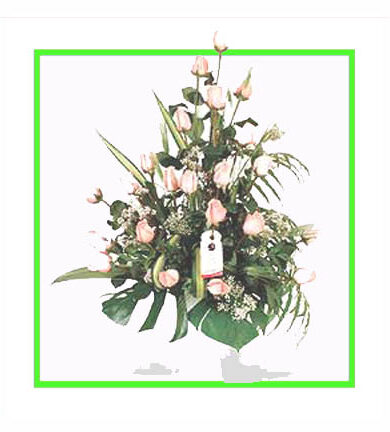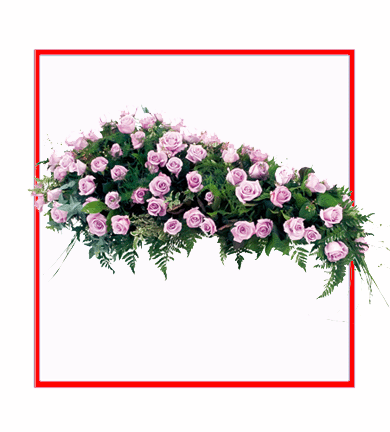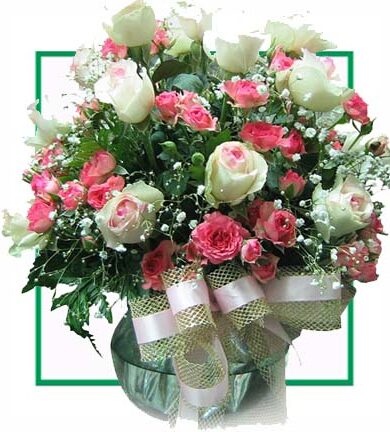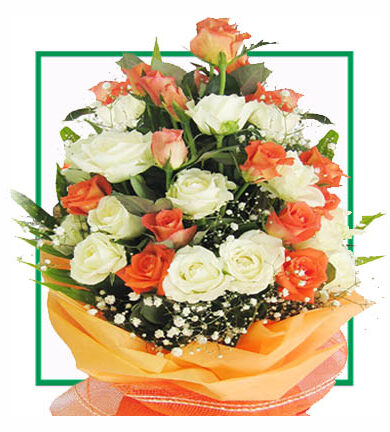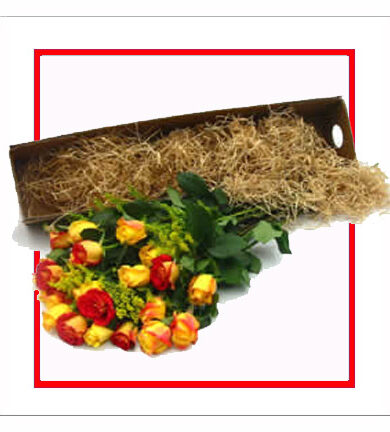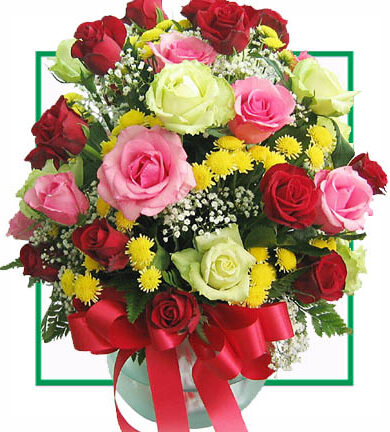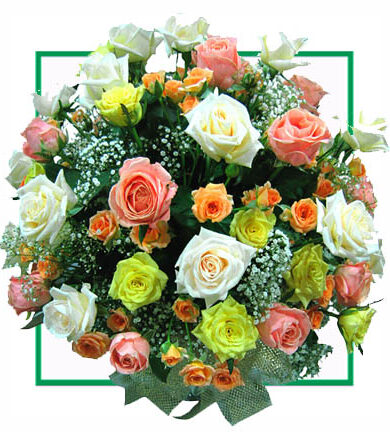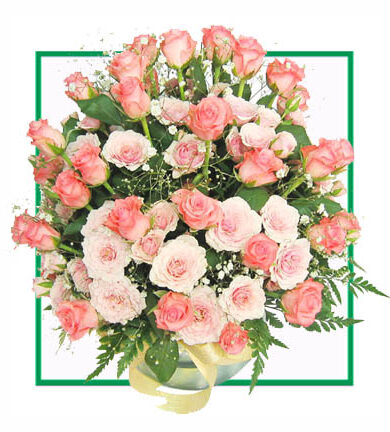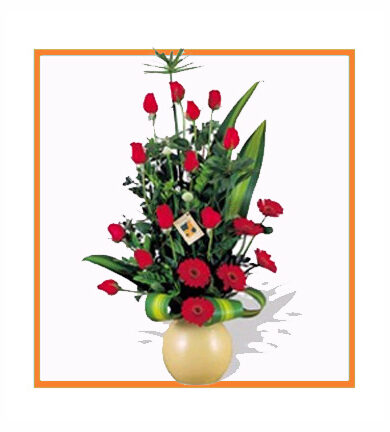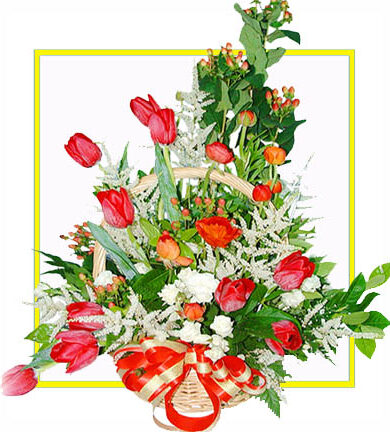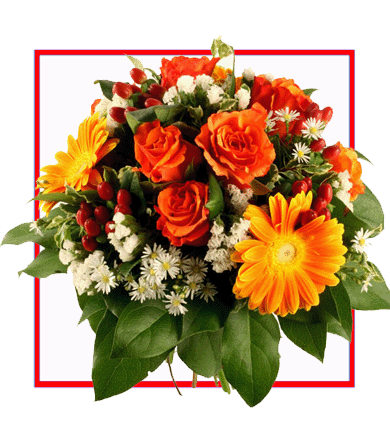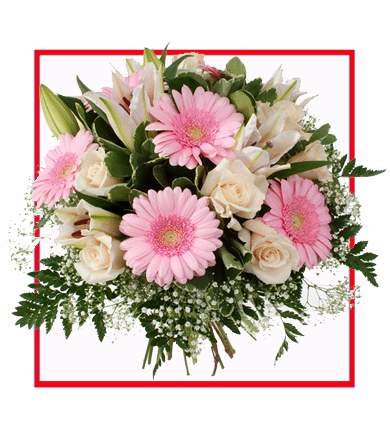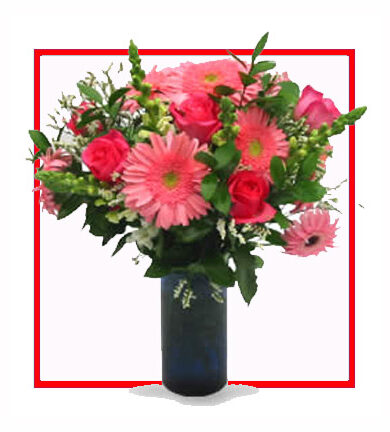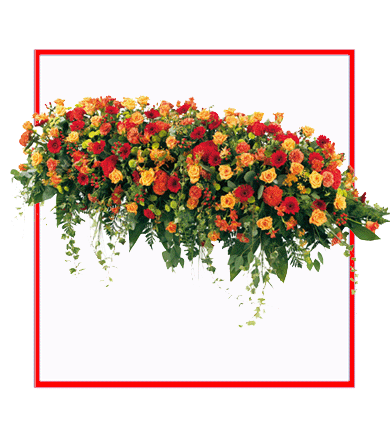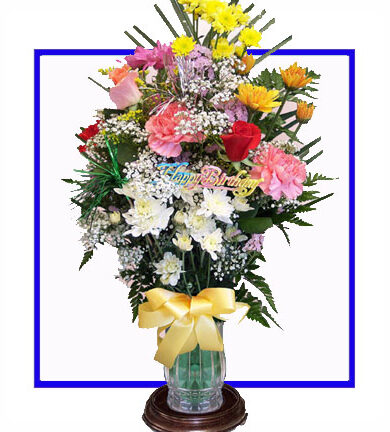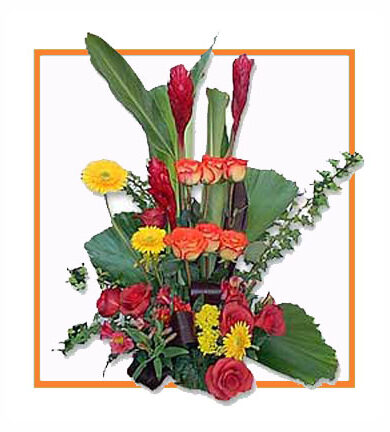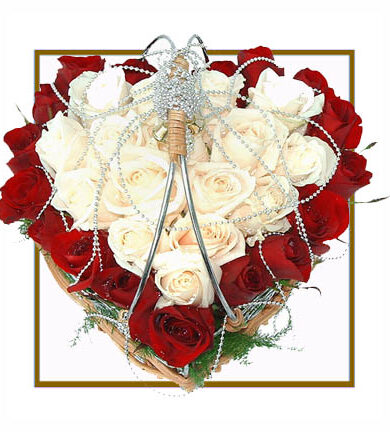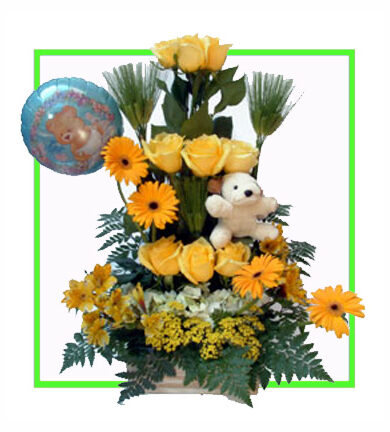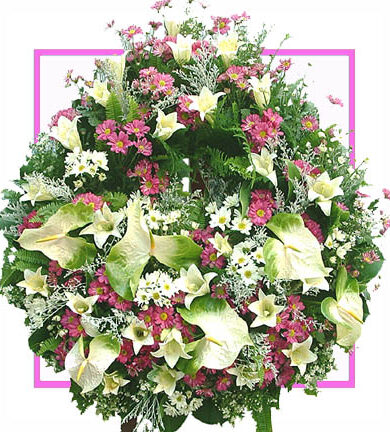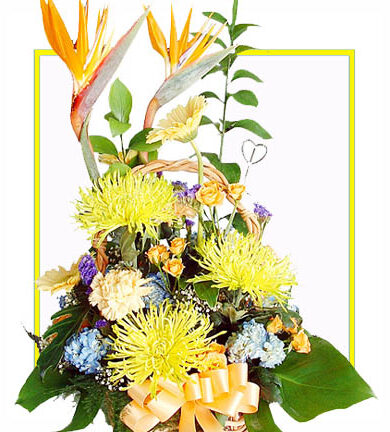Durgapur experiences a somewhat transitional climate between the tropical wet and dry climate of Kolkata and the more humid subtropical climate further north. Summers are extremely hot, lasting from March to the middle of June, with average daily temperatures near 32 °C. They are followed by the monsoon season with heavy precipitation and somewhat lower temperatures. Durgapur receives most of its annual rainfall of around 52 inches during this season. The monsoon is followed by a mild, dry winter from November to January. Temperatures are quite moderate, with average daily temperatures near 20 °C. There is a short autumn at the end of October and a short spring in February, both of which have relatively moderate temperatures of around 25 °C. |
An airport city, Aerotropolis (an integrated city with contemporary infrastructure for industries, a logistics hub, I.T., hospitality, healthcare, education, retail and residence) is being developed by Bengal Aerotropolis Projects Limited (B.A.P.L.) at Andal near Durgapur. The project is being developed over an initial 2,182 acres (8.83 km2) plot of land. The airport, as a part of this Aerotropolis, is being designed by the world-renowned Changi Airport of Singapore, who will operate the airport for an initial period of about two years. The Ministry of Civil Aviation, Government of India has already granted “In Principle Clearance” to the project developers for this airport at the proposed site near Andal. |
Durgapur is a new industrial city. The administrative setup came in stages. Once the British settled down to ruling the country in the nineteenth century, they started effecting administrative changes. In 1837, when Bankura district was formed, Durgapur area was part of it. In 1847, Ranigunj subdivision was formed with three police stations – Ranigunj, Kanksa and Neamatpur – and it was made a part of Bardhaman district. In 1906, the subdivisional headquarters was shifted to Burdwan and the subdivision renamed accordingly. In 1910, the police stations in Asansol subdivision were Asansol, Ranigunj, Kanksa, Faridpur and Barakar. On 14 April 1968, Durgapur subdivision was carved out of Asansol subdivision. |
Randiha – The Anderson Weir (named after John Anderson, 1st Viscount Waverley, who inaugurated it), a diversion constructed in 1932, 19 km downstream of Durgapur Barrage on river Damodar is a wonderful serene tourist spot located in the Chaktentul Gram Panchayet in Galsi I block. Across the river lies Sonamukhi. A tourist to Randiha must visit the Ancient Mound at Bharatpur on the Silampur-Randiha Road, a monument of National Importance, has been excavated jointly by the Archaeological Survey of India and the University of Burdwan has yielded evidence of habitational sequence from the Chalcolithic times to the 12th century. Randiha is about 10 km from Panagarh railway station. |
Within the city private mini-buses are the cheapest and most convenient mode of transportation. They operate from Prantika to Station terminus, via different routes through the city. Some of them operate to other termini from Prantika, like Nadiha, Madhaipur, Kasba, Sillyaghat, etc. Recently, CNG autos have been introduced plying between City Center and other parts of the city. They are non-polluting, environment friendly, convenient, less time-consuming, and cheap mode of transport. Cycle-rickshaws are available for traveling smaller distances, as a preferred commute. Recently, pre-paid taxis were introduced in the city from Station and City Center Terminus. |
There was a massive follow up – Durgapur Steel Plant (commissioned 1960), Alloy Steels Plant (commissioned 1965), Durgapur Projects Ltd. (established 1961), Mining and Allied Machinery Corporation, ACC-Vickers Babcock (later ACC-Babcock and now Alstom Power Boilers Ltd.), Hindustan Fertiliser Corporation, Philips Carbon Black Ltd., Sankey Wheels (a unit of GKW), Bharat Ophathalmic Glass Ltd, Durgapur Cement Ltd. (now Birla Cement) (established 1975), Graphite India Ltd. (established 1967), Durgapur Chemicals Ltd. (DCL) was incorporated on 31 July 1963, Ispat Forgings and many others, large and small. A great new industrial city was bubbling with enthusiasm. |
In the mid-nineteenth century, the railway traversed the Durgapur area; even fairly recent pre-independence travelers describe Durgapur as a small station, with dim kerosene lanterns burning at night, where only a few passenger trains stopped. Local chieftains such as Bhabani Pathak and Ichhai Ghosh were the heroes of the jungle-territory and probably held many a great emperor at bay. Many of them must have passed through looking for wealth in the famed granaries of Bengal further east but probably never found the place attractive enough to show their prowess. |
Durgapur is the preferred gateway to the districts of Bankura, Birbhum, and Purulia, which are not well connected. NH 2 and SH 9 pass through the city jurisdiction. NH 60 passes through the north-western suburb of Pandabeswar and finally passes through Raniganj and heads away towards Orissa. It happens to be one of the very few cities that have an Asian Highway (AH) passing directly through the city jurisdiction. The AH1 links Japan with Turkey, through Korea, China, Vietnam, Cambodia, Thailand, Myanmar, India, Bangladesh, Pakistan, Afghanistan, and Iran. |
This continued for some years, resulting in many of the sick industries declining to the verge of closure. It was evident that some of the industries were technically unsound; for example, Durgapur Steel Plant was technologically obsolete and needed huge investment for modernization. The political chaos submerged all such concerns and no investor considered the region safe for any major investment. When unemployment started pinching, the left was settled comfortably in power. There was rethinking about revival of industries in West Bengal. |
Archeological excavations at Birbhanpur, on the bank of the Damodar, have revealed a number of stone implements. These are dated to be around 5000 BC. Many of these are hunting implements used by pre-historic hunters. Earlier, some of the excavations at Pandu Rajar Dhibi, on the banks of the Ajay, just beyond Durgapur but in Bardhaman district, revealed traces of a civilization possibly linked with the Indus Valley Civilisation. These are important historical finds and are yet to be fully explored. |
The Durgapur Sub-Divisional Hospital located in Bidhannagar, is a municipal hospital, run by the state government offers quality treatments to the people of the city. The hospital has a total of over 500 beds for Male, Female and children word. Major facilities available in the hospital are emergency word, burn care unit, ICU, labour room, operation theatre any many more. More than 500 patients from all over Durgapur, Panagarh, Andal and many nearby areas come to this hospital for free treatment. |
Durgapur saw the setting up of 10 to 15 middle/large scale industrial investments in the iron and steel manufacturing sector including value added products like sponge iron, wire rods, T.M.T. bars (thermo mechanical treatment) for construction, iron casting powder etc., during the years 2001-2007. The prominent investors are MB Group, Jai Balaji group, SPS group, Adhunik Group of Industries, Neo Metallic, Stolberg India, Super Smelters Ltd., Shyam Steel, UltraTech Cement etc. |
Apart from this, South Bengal State Transport Corporation, popularly, SBSTC, which has headquarters in the city, has a separate depot, in Trunk Road Area. North Bengal State Transport Corporation or NBSTC has an office here, and operates buses to Siliguri, Maldah, Raiganj, Alipurduar, Jalpaiguri, Kochbihar, Balurghat and Baharampur. Private operators like Prithvi Travels, Jai Dada Travels or Shyamoli operates AC or sleeper buses to Kolkata, Siliguri, Bhubaneshwar or Puri. |
Two mighty rivers border it on the north and south. The Ajay River flows past unhindered in the north; the Damodar River on the south has two obstacles in its path – an earlier dam, or anicut, at Rondia and a massive 692-metre long Durgapur Barrage at Durgapur, constructed in 1955 and controlled by Damodar Valley Corporation. Two rivulets, Singaran and Tamla, flow through the area and join the Damodar River. Two other rivulets, Kunur and Tumuni, join the Ajay River. |
It is unlikely that Bhabani Pathak of Durgapur was the same person linked with Devi Choudhurani, made famous by Bankim Chandra Chatterjee. Their area of activity was around Rangpur, now in Bangladesh. Although barges used to carry coal down the Damodar in those days and the river was more navigable than now, the area was never a watery haven as some areas of east or north Bengal were. However, legends have more impact on people than the hard realities of history. |
Nehru Park, Burnpur – Originally named (& popular as Lahmeyer Park, after F.W.A.Lahmeyer, a General Manager of IISCO who had inaugurated it) Riverside Park, it has been renamed after Jawaharlal Nehru in 1989 on his birth centenary. Undulating terrain, meandering brook and a musical fountain are added attractions to the park. Located on the banks of the Damodar river in Burnpur. It is located 14 km south-west of the Asansol railway station with minibuses aplenty. |
As the British industrialists left India after independence, many of the industrial empires they left behind were taken over by the Indian business community, who were mainly traders. With technological obsolescence the industries fell on bad times, labour unrest started and finally engulfed the state of West Bengal in the late 1960s. Even the new industries in Durgapur were affected by the militancy, and soon most of the industries in Durgapur were in shambles. |
Durgapur Steel Plant was a showpiece of Indo-British cooperation in independent India. Dr. Rajendra Prasad, the first president of India, came for the inauguration of the first blast furnace. Prime Minister Jawaharlal Nehru was a regular visitor. He called these plants temples of new India. Many senior leaders and important foreign leaders visited Durgapur to see and to cheer. Displaying a rare gesture of solidarity, Queen Elizabeth came on a state visit. |
Sidhu Kanu Indoor Stadium is one of the best indoor stadiums of East India . It houses many sporting organisation and sporting association of Burdwan district as well as of Durgapur. Among them Durgapur Sub-divisional Women’s Sports Association, School Sports Association-Durgapur Sub-division, Burdwan District Badminton Association, Burdwan District Table Tennis Association, Burdwan District Physical Culture Association are few to name. |
The important high-speed railway track connecting Kolkata and Delhi passes through Durgapur. Andal Junction, situated in Andal (a western suburb of Durgapur, about 15 km from Durgapur City Centre) has a link with Sainthia on the Sahibgunj loop line. There are airstrips at Panagarh and Durgapur, the former with the Indian Air Force and latter with SAIL. A full-fledged domestic airport is coming up at Andal. |
Junction Mall is the biggest shopping complex (excluding Kolkata)in Eastern India. It had been developed by the Shrachi group and has Pantaloons, Shopper’s Stop, Crossword, Fabindia, Reebok, Adidas, Woodland, Café Coffee Day, United Colors Of Benneton, VIP, The Mobile Store, Bioscope(3 Screen 3D Multiplex), Subway, KFC and many other popular brands and is spread over an area of 4 hundred thousand sq. ft. |
Durgapur is in the Burdwan District of West Bengal, on the bank of the Damodar River, just before it enters the alluvial plains of Bengal. The topography is undulating. The coal-bearing area of the Raniganj coalfields lies just beyond Durgapur; some parts intrude into the area. The area was deeply forested till recent times, and some streaks of the original forests are there. |
Jaydev Kenduli – temple and birthplace of Sanskrit poet Joydeb, on the banks of the Ajay River. This place is about 30 km away from Durgapur. On the occasion of Makar Sankranti (Winter Solstice), a fair is organized here. Bauls, religious singers with a detached philosophy and spontaneity of their own, participates in this fair, which is held in mid January every year. |
Prantika Terminus Generally, buses heading towards, east, i.e., Barddhaman, Katwa, Krishnanagar, Nabadwip and Kalyani leave from Prantika and the buses carry the term ‘Benachity’ instead of ‘Durgapur’, as the terminal point of journey, in order to avoid confusion, since ‘Durgapur’ implies to the Station Terminus. Buses for Ilambazar and Bolpur also use this terminus. |
Station Bus Terminus Buses, especially, private ones, traversing deeper into the Rarh Region use this terminus. Buses, for Bankura, Bishnupur, Purulia, Raghunathpur, Barakar, Bokaro, Bhagalpur, Jamshedpur, Khatra, Mukutmanipur, Jhargram, Digha, Murshidabad, Tarakeswar, Arambag, Sonamukhi, Gangajalghati, Ilambazar, Bolpur, Bhedia, Morgram can be found here with ease. |
Rahreswar Shib Mandir – Located 3 km from the NH-2 Muchipara crossing on the Muchipara-Shibpur Road in the Arrah village opposite the NSHM Knowledge Campus, this 11th century Shiva temple is protected by the Archaeological Survey of India. It is located in the Gopalpur Gram Panchayet of Kanksa block. Thousands of people rush to this temple at the Maha Shivaratri. |
The nearest international airport is at Dumdum, Kolkata (Netaji Subhas Chandra Bose International Airport); An ultra modern airport is developed by Bengal Aerotropolis Ltd along with Changi International airport, Singapore at Durgapur. a air force station at Panagarh belonging to the Indian Air Force is used for the base for C-130J Hercules squadron. |
Bishnupur – the famous terracotta temple town and home to major art and crafts. It is about 70 km away from Durgapur. The Bankura horse, symbol of Indian handicrafts is produced at Panchmura, near Bishnupur. It is also the home of the Baluchari sari, originally woven with motifs based on stories from the Ramayana and the Mahabharata, but now modernized. |
Mohan Kumaramangalam Park – Named after Mohan Kumaramangalam, the park located in the DSP Township is one of the favourite destinations for couples and for picnic, which has now been renovated with exciting rides n food stalls. The water bodies in the park is the abode to some of the most venomous water snakes in the town including keel backs. |
Though Durgapur has no loco-sheds or car-sheds, it happens to be one of the most important loco-reversal points in Indian Railways. Many important trains, mainly, tose, which run between the vast non-electrified diesel territory of Eastern Railway and Northeast Frontier Railway and the electrified sections change the running loco here. |
The area was part of the Bardhaman Raj, who ruled on the basis of a firman from the Mughal emperor. Mir Kassem, then Nawab of Sube Bangala, ceded Bardhaman along with Medinipur and Chittagong to the East India Company in 1760 (three years after the Battle of Plassey), and the Bardhaman Raj continued to function under British tutelage. |
Real estate in Durgapur has seen a major boom in recent years, with property prices being hiked exponentially during the past decade. Bengal Ambuja and the Mani Group are undertaking major residential development projects. Internet-based property search portals like Homes Located have brought properties in Durgapur to the web. |
Bhabani Pathak’s Tilla(Durgapur Science and Energy Park) – It is located near the City Centre of Durgapur. Earlier there was a tunnel system from here to the Damodar River, but now that is closed from public view. Now, people can visit only the Tilla and the Science park. The park which was built by the WEBREDA is now closed. |
As of 2001 India census, Durgapur had a population of 492,996. Males constitute 53% of the population and females 47%. Durgapur has an average literacy rate of 75%, higher than the national average of 59.5%: male literacy is 81% and female literacy is 69%. In Durgapur, 10% of the population is under 6 years of age. |
DSP Main Hospital is a 658 bedded hospital equipped with all the major departments, surgical and diagnostic facilities, including a well-equipped modern Intensive Care and Dialysis Unit. It caters to the employees of DSP and their families free of cost, but others can also avail of the treatment by registration . |
Regional Engineering College (established 1960) (now renamed National Institute of Technology) and Central Mechanical Engineering Research Institute (CMERI, CSIR) (established 1958) added to the stature of the new township. Schools, hospitals, parks, and playgrounds all came up. It was new life in new India. |
The late 1980s witnessed a turn-around in the fortunes of SAIL, with Durgapur Steel Plant being one of the plants to be modernized at a cost of Rs. 5,000 crore. However, it continued to suffer huge operating losses and by the mid-1990s there were rumors of a slow death of the plant along with the city. |
DLF and Shapoorji Pallonji are investing millions in integrated townships and an I.T. Park. The I.T. park has been named Infocity. I.T.E.S. firms like Hinduja Global Solutions Limited have already made Durgapur their Eastern Developmental Centre. A mall, called the Junction, has already come up. |
Before independence, only one small refractory plant of the Martin Burn group was located at Durgapur: the abandoned chimney is visible near the station. Damodar Valley Corporation constructed Durgapur Barrage in 1955 and shortly followed with the Durgapur Thermal Power Station. |
Mika Singh: Mika was born on June 10 at Durgapur, West Bengal. He is known as a powerhouse entertainer and his live shows are full of energy. Having performed globally, his audiences are always dancing to his hit tracks, irrespective of their age and nationality. |
As the numerous chimneys merrily belched out black, white and reddish brown smoke as pollution control norms were still some way off (for the past few years all the 65 chimneys of Durgapur Steel Plant are pollution free), the townships grew and prospered. |
City Centre Terminus Long-route buses use the City Centre Terminus. One can find buses to Kolkata, Bhubaneshwar, Jamshedpur, Cuttack, Puri, Dumka, Bokaro Steel City, Dhanbad, Barrackpore, Digha, Purulia, Bhagalpur, Ranchi or Chaibasa from this terminus. |
Other than these there are several beautiful villages surrounding the Industrial town, which come alive, especially during the festive seasons. The traditional Durga n Kali pujas in Kuldiha, Gopalpur and some other villages are worth being given a watch. |
In the 2011 census, Durgapur Urban Agglomeration had a population of 581,409, out of which 301,700 were males and 279,709 were females. The 0–6 years population was 51,930. Effective literacy rate for the 7+ population was 87.70. |
The Regional Engineering College was upgraded to ‘National Institute of Technology’ – the first Deemed University in Durgapur, and SRIJONI, a public hall equipped with technically advanced audio and video systems came into being. |
Perfect flowers to express your emotionsShop Now

